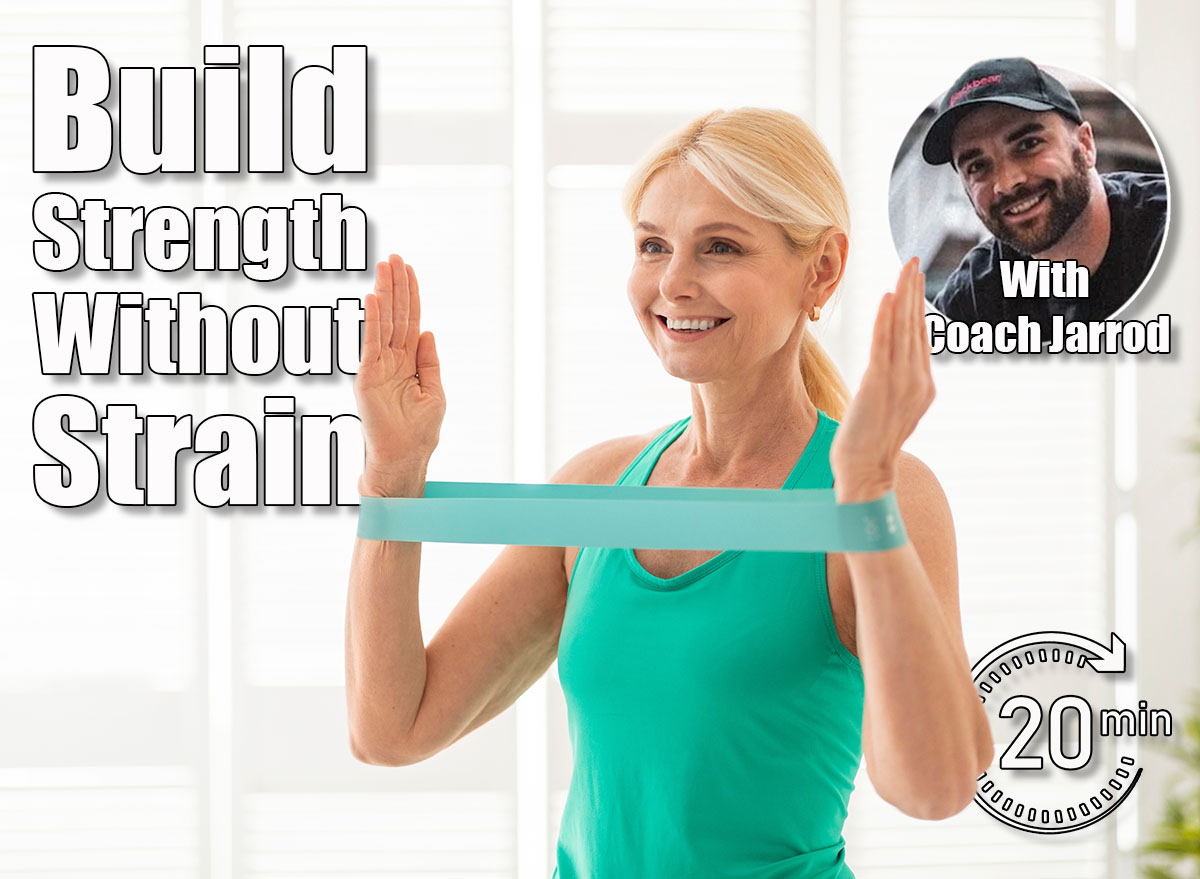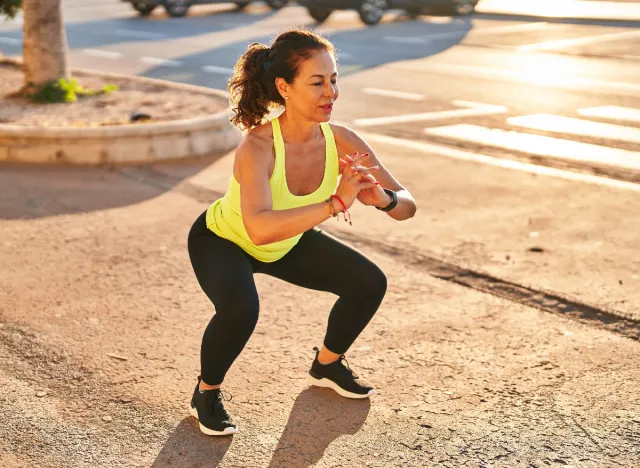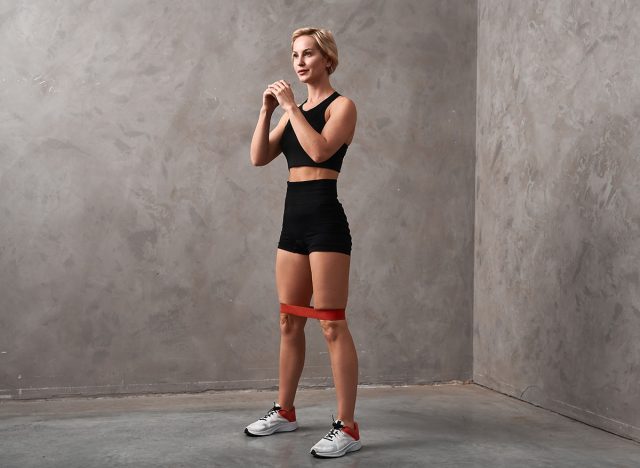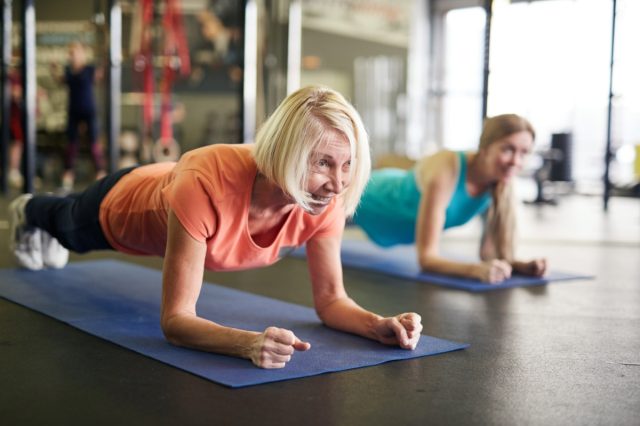The Best Gentle Workout for Women Over 50, According to Trainers

Movement is essential at every stage of life, but especially after 50, when the body craves more support, not punishment. You might not feel like throwing around heavy weights or diving into intense, boot camp-style sessions. That’s where gentle workouts come in. They allow you to build strength, maintain mobility, and boost energy without draining your battery. These routines work with your body, not against it.
You don’t have to feel wrecked to make real progress. A creative and gentle workout taps into the kind of strength that helps you move through life more confidently, whether you’re lifting groceries, playing with grandkids, or tackling long walks with ease. This type of training enhances stability, balance, and total-body coordination, all while being gentle on your joints.
The key is consistency. A few short sessions each week that prioritize movement quality, posture, and activation can help you maintain muscle and stay strong, lean, and healthy. It’s all about how often you show up and how intentionally you move.
Below, you’ll find trainer-backed advice on why these types of workouts matter for women over 50, followed by a low-impact routine you can do at home with a few simple tools. Let’s dig in.
Why Gentle Workouts Work for Women Over 50
Gentle does not mean easy. It means effective without unnecessary strain. As a coach, I’ve worked with (and still do!) dozens of women over 50 who want to stay strong and active without feeling wiped out after every workout. Gentle routines strike that perfect balance between building strength and protecting your joints. They allow you to train smarter, not harder.
Here’s why this approach works:
- Preserves lean muscle without burnout: Gentle strength and mobility work helps maintain muscle mass, which naturally declines with age, especially after menopause.
- Improves joint health and flexibility: Low-impact movement reduces stiffness and keeps hips, shoulders, and knees moving smoothly.
- Boosts energy instead of draining it: You finish the workout feeling better, not more tired. This makes it easier to stay consistent week after week.
- Enhances balance and stability: Functional movements challenge your core and coordination, helping prevent falls and keeping you steady.
- Reduces risk of injury: Slower, more controlled workouts give you time to move with precision, lowering your risk of tweaks and overuse injuries.
This kind of training creates a sustainable foundation for fitness. It helps you move well today and sets you up to keep moving tomorrow.
The Best Gentle Workout for Women Over 50
Gentle Strength & Stability Circuit
What you need: This is a bodyweight and resistance band circuit that takes about 20 minutes to complete. You’ll need a light resistance band and a mini-loop band. Have a mat or soft surface nearby for floor exercises.
The Routine:
- Bodyweight Squats (45 seconds)
- Band Pull-Aparts (45 seconds)
- Mini-Band Lateral Walks (45 seconds)
- Plank Hold (30 seconds)
- Rest for 30 seconds, then repeat for 2 to 3 total rounds.
Directions: Complete each exercise for the specified time, maintaining control and focusing on proper form. After completing all four exercises, take a short break. Complete two or three rounds depending on your energy level. This circuit challenges your entire body while being gentle on the joints.
How to Do it:
Bodyweight Squats

How to do it:
- Stand with feet shoulder-width apart.
- Keep your chest tall and your core tight.
- Lower your hips as if sitting into a chair until your thighs are parallel to the floor.
- Press through your heels to return to a standing position.
- Move at a steady, controlled pace.
Band Pull-Aparts

How to do it:
- Hold a light resistance band with both hands, arms extended in front of your chest.
- Keep arms straight and shoulders down.
- Pull the band apart until your arms form a T shape.
- Slowly return to the starting position.
- Focus on squeezing your shoulder blades together.
Mini-Band Lateral Walks

How to do it:
- Place a mini-band just above your knees or around your ankles.
- Bend your knees slightly into a quarter squat.
- Step to the right, then bring your left foot in to follow.
- Continue stepping laterally for half the interval, then switch directions.
- Keep tension on the band and stay low throughout.
Plank Hold

How to do it:
- Start on your forearms and toes, keeping your body in a straight line.
- Tighten your core, glutes, and legs.
- Avoid letting your hips sag or rise too high.
- Breathe steadily and hold the position for the entire interval.
- If needed, drop to your knees to modify.